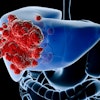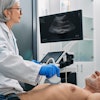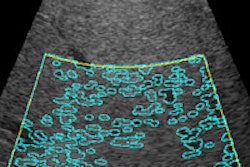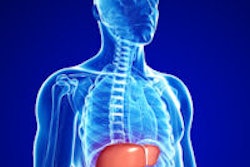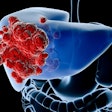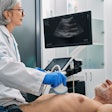Dear Ultrasound Insider,
Back pain can be a bane for sonographers as well as many other healthcare professionals. To help, echocardiographer Doug Wuebben and strength and conditioning coach Mark Roozen have shared tips and exercises over a seven-part series for AuntMinnie.com to help sonographers deal with and prevent back pain.
In the final column of the series, Wuebben and Roozen review how life choices can have a big impact on the ability to live pain-free. Their suggestions for making the right decisions serves as this month's Insider Exclusive, which you have access to before our regular readers by clicking here.
In part 6, Wuebben and Roozen discussed how weak or imbalanced gluteus maximus muscles can cause back pain and share some useful exercises to address this common problem. Part 5 explored challenges related to the often-overlooked quadratus lumborum muscle. Learn more by clicking here.
By popular demand, we've also assembled 17 previous articles from Wuebben and Roozen into a single downloadable PDF. You can access that compendium by clicking here.
In other features this month in your Ultrasound Community, European researchers have reported that their computer-aided ultrasound technique shows promise for staging fatty liver, yielding high correlation with fat measurements produced by MR spectroscopy. Click here to learn how this method shows promise as an alternative to biopsies or expensive MR spectroscopy techniques.
Speaking of liver biopsy, researchers from the Mayo Clinic concluded that while image-guided liver biopsy is extremely rare, certain variables can increase the risk for hematoma from the procedure. What were they? Click here to find out.
Ultrasound is commonly used to diagnose upper or lower extremity deep vein thrombosis. Exploring a concern that excessive pressure applied during ultrasound studies could lead to clots breaking off and embolizing into the vasculature, a multi-institutional team of researchers said they found eight original case reports in which an ultrasound exam was reported to have caused a pulmonary embolism. What else did they find about this rare phenomenon during their literature review? Click here to get all the details.
Do you have an idea for a topic you'd like to see covered? As always, please feel free to drop me a line.

